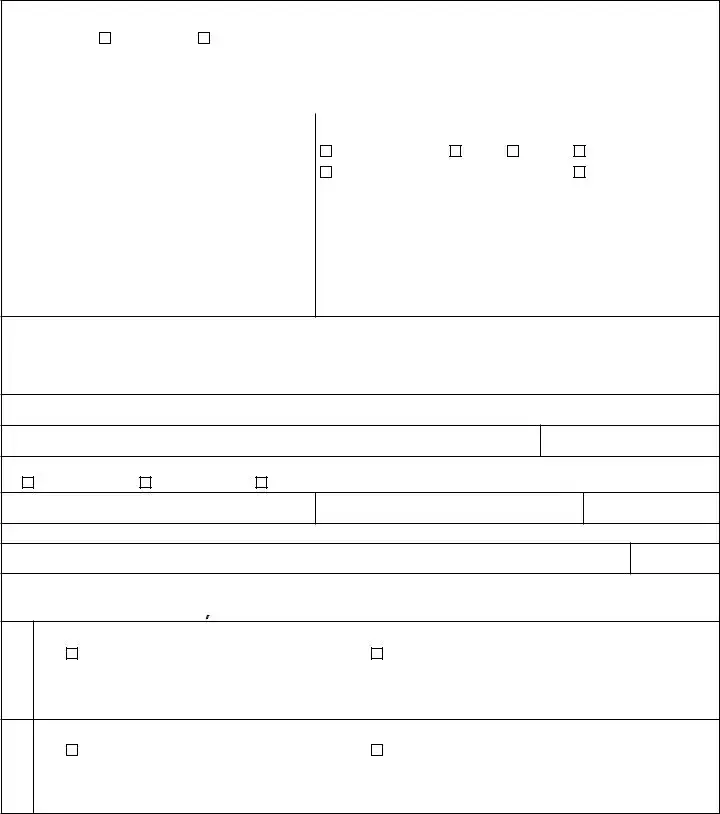What is a Colorado DR 2410 form, and when is it required?
The Colorado DR 2410 form is an official document from the Colorado Department of Revenue, specifically the Division Of Motor Vehicles. It's used when a motor vehicle, which already has a current Colorado certificate of title issued or filed, becomes a salvage vehicle. This form is necessary for the owner or transferee to apply for either a Salvage Certificate of Title or a Nonrepairable Title for their vehicle. It is required after a vehicle has been damaged to the extent that its repair costs exceed its reasonable fair market value, excluding hail damage. A Salvage Title is not applicable for off-highway vehicles, snowmobiles, or vehicles classified as a collector's item, horseless carriage, or street rod vehicle at the time of damage. On the other hand, a Nonrepairable Title is issued for vehicles intended solely as a source of parts or scrap.
What types of events necessitate the application for a Salvage or Nonrepairable Title using form DR 2410?
Events that may necessitate applying for a Salvage or Nonrepairable Title include accidents or collisions, fire, flood, vandalism, and weather-related damage, excluding hail. These events must result in damage that exceeds the vehicle’s reasonable fair market value. The DR 2410 form specifically requires the applicant to detail the reason for damage and provide an estimate of the repair costs.
Can any vehicle be issued a Salvage Title or Nonrepairable Title in Colorado?
No, not all vehicles are eligible for a Salvage Title or Nonrepairable Title in Colorado. Specifically, off-highway vehicles, snowmobiles, and vehicles classified as a collector's item, horseless carriage, or street rod vehicle at the time they were damaged are not eligible to receive a Salvage Title. A Nonrepairable Title is strictly issued to vehicles that are designated as a source of parts or scrap, meaning these vehicles cannot be repaired and must not be registered as complete vehicles ever again.
What documentation is needed along with the DR 2410 form for applying?
Along with the completed DR 2410 form, an individual must provide secure and verifiable identification. This can include a Colorado Driver's License, Colorado ID, or other forms of accepted ID as noted on the form. If the name on the identification differs from the name on the application/title, a statement of 'One and the Same' is required to acknowledge that both names refer to the same individual. Furthermore, any changes or alterations to the application may void the document, necessitating careful and accurate completion.
How does the ownership designation work with the DR 2410 form?
If the vehicle has multiple owners, the DR 2410 form accommodates specifying the type of ownership as either Joint Tenancy With Rights of Survivorship or Tenancy in Common. This decision must be declared in the application, signed under penalty of perjury by all owners involved. Joint Tenancy With Rights of Survivorship means that if one owner passes away, the surviving owner(s) automatically inherit the deceased owner's share of the vehicle. In contrast, Tenancy in Common means each owner's share will be distributed according to their will or estate plan, rather than automatically going to the surviving owners.
